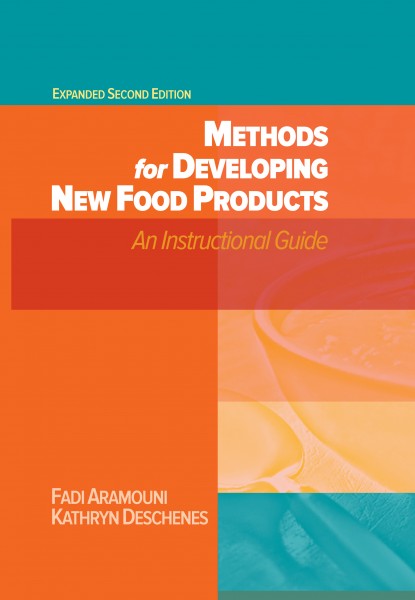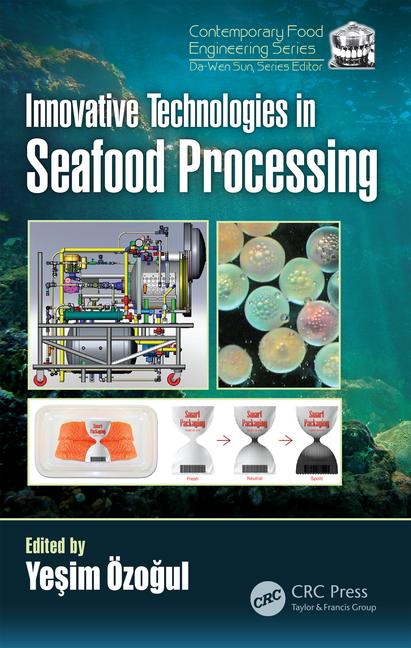Logistics Solutions: New you, new view
Editor’s note: Refrigerated & Frozen Foods asked Christopher J. Ritz, Ph.D., to share his thoughts on supply chain network optimization. Ritz began his consulting career at the University of Pennsylvania in 1976. Today he teaches Strategic Modeling at the Carey Business School of Johns Hopkins University in Baltimore.
It’s been 50 years since supply chain pioneers Harvey Shycon and Richard Maffei used a primitive computer to complete their first-of-a-kind “physical distribution optimization” plan for the H. J. Heinz Co.
Since then, supply chain network optimization has focused on (1) designing warehouse territories to minimize the cost of customer shipments, (2) tracing finished goods back to their origins and (3) minimizing the total of all costs from materials acquisition through production and deployment through delivery to the customer.
My own work in modeling distribution networks began more than 30 years ago at Wharton’s Center for Applied Research in Philadelphia. Recently, I ran into a colleague from those early days. After greeting one another, my friend asked, “Is there anything new in network optimization?”
Although I still am active in network optimization, I didn’t really have a glib answer for him. Later that day, however, I thought more deeply about the question and arrived at seven points of difference. My conclusion: there’s certain power in today’s process that goes well beyond determining the optimal number and location of warehouses.
The breakthrough was a modeling technique called “multi-commodity flows in networks” and today, it is the core of the mathematical logic that allows for one order-one delivery solutions. All competent software now offers this “product bundling” capability.
We recognize that the economics of product flow actually begins with raw materials and packaging sourced from suppliers then through single or multiple layers of in-plant processing. Contemporary network optimization software allows the user to select echelons from a menu, defining their functionality and connectivity. The model results are potentially complex, difficult to solve and even just to portray, but will yield strategies that are actually implementable and produce the promised savings.
Contemporary software provides users with solutions that link to strategy and have led to enormous advances in supply chain design and integration. Not surprisingly, there’s been tremendous excitement about all of this production detail. This has many firms moving away from the “once-every-few-years assessment” of their network. Instead, companies now favor these models in regard to their operational mode and the result looks far more like production planning than strategic network design.
Truly global models are more demanding. They raise issues of tariff structures and dutiable shipments of everything from raw materials to finished goods. In particular, manufacturers of high-technology products, such as computers, have implemented supply chains that appear bizarre when drawn on a map, but which save millions of dollars in government rule compliance and minimizing the payment of tariffs, duties and taxes.
Upon reflection, I realize that the world of network optimization truly has kept pace with market demands. Companies still demand decision support, which necessitates network strategies that consider all costs involved in the supply chain. I firmly believe these strategies will produce the promised savings when implemented.
It’s been 50 years since supply chain pioneers Harvey Shycon and Richard Maffei used a primitive computer to complete their first-of-a-kind “physical distribution optimization” plan for the H. J. Heinz Co.
Since then, supply chain network optimization has focused on (1) designing warehouse territories to minimize the cost of customer shipments, (2) tracing finished goods back to their origins and (3) minimizing the total of all costs from materials acquisition through production and deployment through delivery to the customer.
My own work in modeling distribution networks began more than 30 years ago at Wharton’s Center for Applied Research in Philadelphia. Recently, I ran into a colleague from those early days. After greeting one another, my friend asked, “Is there anything new in network optimization?”
Although I still am active in network optimization, I didn’t really have a glib answer for him. Later that day, however, I thought more deeply about the question and arrived at seven points of difference. My conclusion: there’s certain power in today’s process that goes well beyond determining the optimal number and location of warehouses.
1. No limits:
Today, many models are created and solved at the SKU or “ship-to-customer” level, which avoids issues such as homogeneity, weighted averages, etc. Naturally, the input requirements, quality control and scope of output will increase with the detail of the model. However, today’s computer power and computational speed seldom are the limiting factors.2. Order integrity:
Early network optimization programs tackled physical distribution problems one product at a time. The goal was to find the lowest cost route-to-market for each product group to each customer group. The problem however, was that nearly all CPG customers have an absolute service requirement that their multi-line orders be delivered in a single shipment with a single appointment. One-at-a-time product optimization did not solve the real problem.The breakthrough was a modeling technique called “multi-commodity flows in networks” and today, it is the core of the mathematical logic that allows for one order-one delivery solutions. All competent software now offers this “product bundling” capability.
3. Multi-tier networks:
Our current need to manage our supply-and-demand chains is far more complex than it once was.We recognize that the economics of product flow actually begins with raw materials and packaging sourced from suppliers then through single or multiple layers of in-plant processing. Contemporary network optimization software allows the user to select echelons from a menu, defining their functionality and connectivity. The model results are potentially complex, difficult to solve and even just to portray, but will yield strategies that are actually implementable and produce the promised savings.
4. Today's processing, packaging model:
During the past five or 10 years software has caught up to today’s food factory. Users now can define single or multiple processing lines within each plant.Contemporary software provides users with solutions that link to strategy and have led to enormous advances in supply chain design and integration. Not surprisingly, there’s been tremendous excitement about all of this production detail. This has many firms moving away from the “once-every-few-years assessment” of their network. Instead, companies now favor these models in regard to their operational mode and the result looks far more like production planning than strategic network design.
5. Multi-time period modeling:
New top-of-the-line network optimization software now gives you the ability to simultaneously solve problems across multiple time periods. The result considers and minimizes all costs, including production, transportation plus storage and inventory carrying costs. It also provides a production and deployment strategy, which stays within the joint capacity constraints of all production lines while making inventory available to customers as required.6. Globalization - tariffs, duties and taxes:
Without a doubt, the new opportunities afforded to American companies by NAFTA and other trade agreements have spurred renewed interest in modeling production and demand across the United States-Canada-Mexico market.Truly global models are more demanding. They raise issues of tariff structures and dutiable shipments of everything from raw materials to finished goods. In particular, manufacturers of high-technology products, such as computers, have implemented supply chains that appear bizarre when drawn on a map, but which save millions of dollars in government rule compliance and minimizing the payment of tariffs, duties and taxes.
7. Carbon footprint:
Some companies now view network optimization with an eye toward minimizing oil costs and “good corporate citizenship.” Problem solvers need only to look to the numbers. If the numbers represent cost, then the solver will minimize cost. If the numbers represent gallons of diesel fuel burned, then the solver will report a network to minimize diesel use.Upon reflection, I realize that the world of network optimization truly has kept pace with market demands. Companies still demand decision support, which necessitates network strategies that consider all costs involved in the supply chain. I firmly believe these strategies will produce the promised savings when implemented.
Looking for a reprint of this article?
From high-res PDFs to custom plaques, order your copy today!








